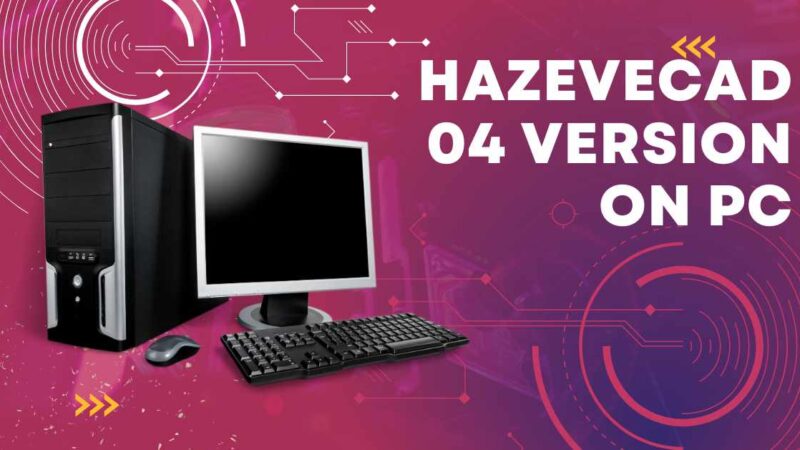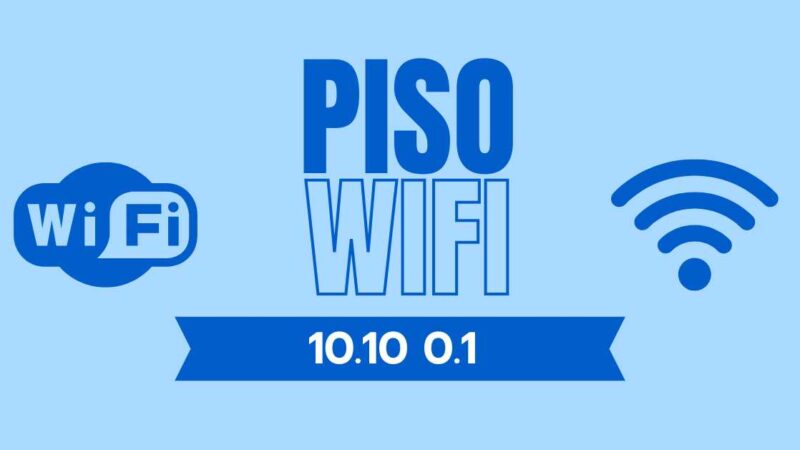What is 10.24.1.53? A Complete Guide to This Private IP Address

Introduction: Why IP Addresses Like 10.24.1.53 Matter
In today’s connected world, IP addresses form the foundation of communication between devices. While public IPs get most of the attention due to their visibility on the internet, private IP addresses like 10.24.1.53 play a far more consistent and essential role in internal networks—whether in homes, offices, data centers, or even IoT environments.
This guide dives deep into what 10.24.1.53 means, its technical classification, where and why it is used, how to access and manage it, and how to secure it for seamless networking.
What Kind of IP Address is 10.24.1.53?
Let’s break this down:
- IP Version: IPv4
- Class: Class A
- Type: Private IP address
- Subnet Range: 10.0.0.0 – 10.255.255.255 (CIDR: 10.0.0.0/8)
- Assigned By: Local router or network admin via DHCP or static configuration
The IP 10.24.1.53 belongs to a non-routable address space. This means it cannot be used to communicate directly with the broader internet. Instead, it is used within a closed network, such as in a corporate LAN or home Wi-Fi.
Why Do Private IPs Like 10.24.1.53 Exist?
Private IPs were created to conserve the limited pool of IPv4 addresses. Since every device on the internet needs a unique public IP, there aren’t enough to go around. Instead, entire internal networks can reuse private IP ranges like 10.x.x.x, 192.168.x.x, and 172.16.x.x, with Network Address Translation (NAT) enabling outward communication via a single public IP.
How 10.24.1.53 is Typically Used in a Network
1. Internal Device Addressing
One of the most common uses of 10.24.1.53 is to identify a device inside a private network. This could be a:
- Network printer
- Office server
- CCTV NVR
- Raspberry Pi or NAS
- Gateway for an IoT system
2. Router or Switch Interface
Many network administrators use specific IPs from the 10.x range (like 10.24.1.53) for default gateways or management interfaces for routers, switches, or firewalls. Assigning fixed IPs like this simplifies access and documentation.
3. Static IP Allocation
Static IP addresses help eliminate the unpredictability of DHCP. Devices assigned a permanent address like 10.24.1.53 will always be reachable via that IP, which is essential for servers or management consoles.
Accessing the 10.24.1.53 IP Address in a Web Browser
If you believe 10.24.1.53 is linked to a router, firewall, or other web-enabled device, you can:
- Connect to the Same Network – Wired or Wi-Fi.
- Open a Browser and enter:
http://10.24.1.5 Or https://10.24.1.53 (if SSL is enabled).
- Login Credentials – If it’s a router or access point, you’ll typically be prompted to enter a username and password (e.g., admin/admin or admin/password by default, unless changed).
How to Find Out Which Device is Using 10.24.1.53
There are a few ways:
- Using Command Prompt (Windows):
ping 10.24.1.53 or
tracert 10.24.1.53
- Using Terminal (Linux/macOS):
ping 10.24.1.53 or
nmap -sP 10.24.1.0/24
- Router Admin Panel:
Log into your router and check the DHCP Client List or Connected Devices list.
10.24.1.53 in the Context of Network Design
When setting up VLANs, subnetting, or different department-based LANs, administrators use structured IP planning. In such environments:
- The 10.24.x.x range might be used for a specific department.
- 10.24.1.53 might represent a crucial device, like a database server or internal DNS resolver.
This kind of segmentation improves security and scalability.
Troubleshooting: When 10.24.1.53 Doesn’t Respond
If you’re having trouble accessing or pinging and try the following:
Check Device Status
Ensure the device assigned this IP is powered on and not in sleep mode.
Ping Test
Run:
ping IP
If it fails, the device might be offline or firewall-protected.
Check Your Subnet
Your device must be in the same IP range (e.g., 10.24.1.x) or subnet (255.255.255.0) to communicate directly.
Firewall Rules
A device’s local firewall might block ICMP or HTTP requests.
IP Conflict
Check if two devices are mistakenly assigned , which can cause network errors.
Securing Devices That Use 10.24.1.53
Since private IPs like 10.24.1.53 are internally accessible, you might think they don’t need as much protection. However, most network breaches happen from within, so internal security is equally crucial.
Here’s how to secure devices:
- Set Strong Passwords: Avoid default credentials like admin/admin.
- Limit Access via MAC Filtering or VLANs: Ensure only authorized devices access it.
- Update Firmware Regularly: Especially for routers and IoT devices.
- Enable Logging and Alerts: Log login attempts, IP conflicts, and device changes.
- Disable Remote Admin (unless needed): Limit control to local access only.
Public vs Private IPs: Why IP is Safer (But Not Invulnerable)
| Feature | Public IP | Private IP (e.g., 10.24.1.53) |
|---|---|---|
| Scope | Global | Local Network Only |
| Visible to Internet? | Yes | No |
| Can Be Hacked Externally? | Yes, if unprotected | Less likely, but still possible |
| NAT Translation Needed? | No | Yes |
| Typical Devices | Websites, Servers, VPNs | Printers, Routers, IoT devices |
Can You Use 10.24.1.53 for Port Forwarding?
Yes, if you’re running a service (like a local web server, game server, or CCTV system) on a device with this IP, you can port forward through your router so it can be accessed from outside your network.
Example:
- Port forward TCP Port 8080 to 10.24.1.53:80
- Result: Access your internal service via http://[YourPublicIP]:8080
Be careful: Exposing private IPs through port forwarding should only be done with proper firewalls and authentication.
Best Practices for Using Private IPs Like 10.24.1.53
- Document Every Assignment
Keep a spreadsheet or software system to track which device has what IP.
- Use Static IPs Only Where Necessary
DHCP can manage most IPs; reserve static ones for routers, servers, and critical infrastructure.
- Plan Subnets Properly
Avoid IP conflicts and future headaches with clear network segmentation.
- Back Up Configuration Files
Especially if 10.24.1.53 is assigned to routers or devices with configuration interfaces.
- Monitor Bandwidth and Usage Logs
Detect anomalies early by tracking access to critical IPs.
Conclusion: Why Understanding 10.24.1.53 is Crucial
While 10.24.1.53 may seem like just another string of numbers, it represents a vital cog in the machine of modern networking. Whether you’re managing a home router or setting up a corporate VLAN structure, knowing how private IPs like this function, how to access and secure them, and how to troubleshoot issues will greatly improve your network management capabilities.






